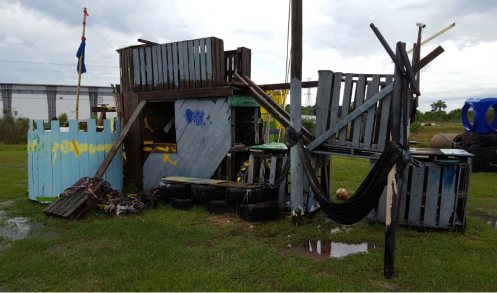Playgrounds have for decades been shaped by a zero risk mindset, with, any injury seen as a sign of failure. But things are changing, in what the New York Times recently called a “movement for freer, riskier play.”
 I am proud to be a part of this movement. And this article introduces a new report [pdf link] on play and risk that I have written for the Bernard van Leer Foundation, the influential early childhood NGO, as part of its agenda-setting Urban95 initiative.
I am proud to be a part of this movement. And this article introduces a new report [pdf link] on play and risk that I have written for the Bernard van Leer Foundation, the influential early childhood NGO, as part of its agenda-setting Urban95 initiative.
Entitled Playing it Safe? A global white paper on risk, liability and children’s play in public space, the report makes the case for a new approach, and calls for action by the key agencies involved in creating and maintaining play spaces, including city governments, NGOs, research institutions and safety and public health agencies.


 A swift reblog to add my voice to this call for action from my longtime collaborator, Bernard Spiegal. The immediate issue is a highly problematic proposal on surfacing from some of those involved in setting European standards for play equipment.
A swift reblog to add my voice to this call for action from my longtime collaborator, Bernard Spiegal. The immediate issue is a highly problematic proposal on surfacing from some of those involved in setting European standards for play equipment. A
A